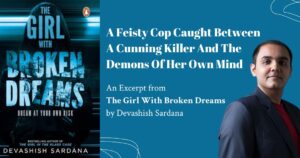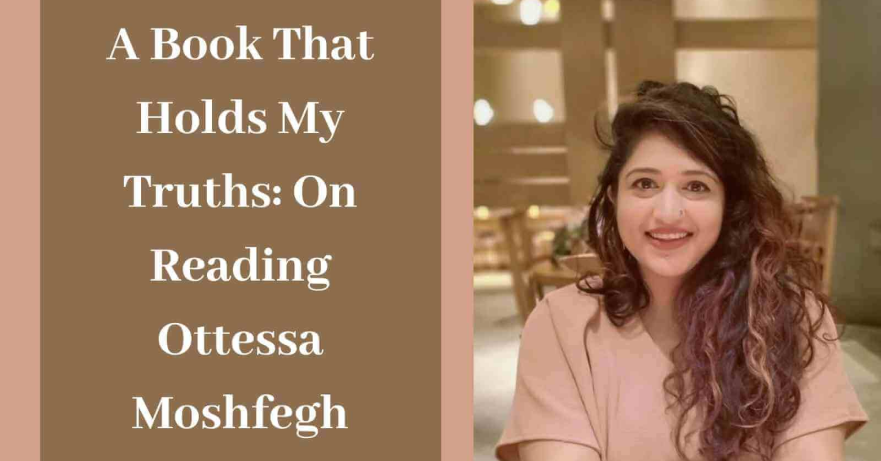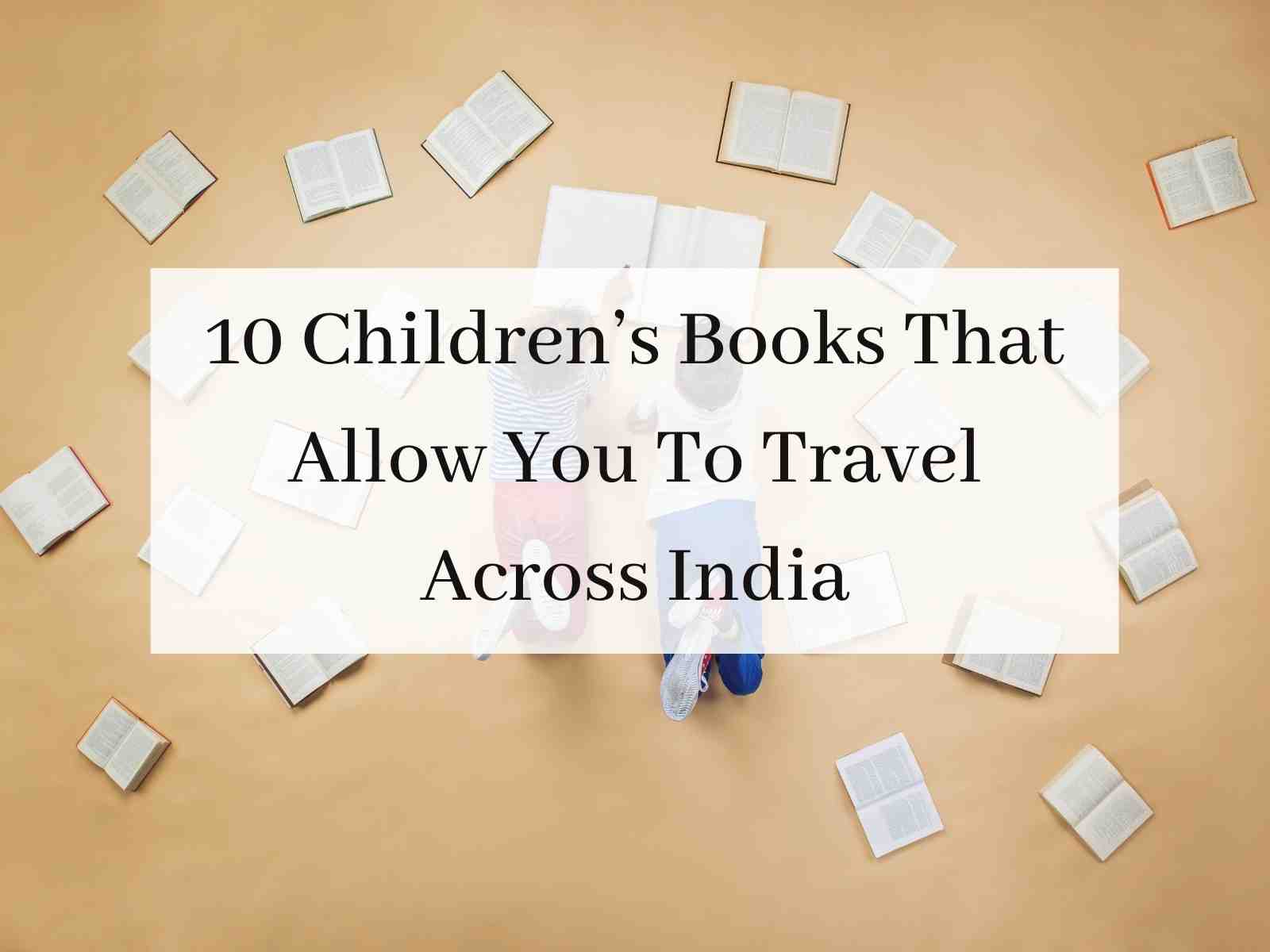In India, book marketing has seen a huge growth in the last few years. Authors are trying new and unconventional methods to reach their audiences. While it’s good to market your book in the traditional ways, through print adverts and sponsorships; trying something experiential might be just what you need to make your book stand out in the market.
Christopher Hitchens once said, “Everybody does have a book in them, but in most cases, that’s where it should stay.”
But this memo doesn’t seem to have reached thousands of writers writing millions of books every year. Authors are feverishly writing and publishing/self-publishing books in all possible formats- print, ebook, audiobook, etc.
According to Nielsen’s India Book Market Report 2015, books have emerged as an instrumental category for e-commerce businesses, accounting for 15 per cent of the overall e-commerce trade, just trailing behind electronics (34 per cent) and apparel and accessories (30 per cent), but publishing a book is not the same as selling a book.
With such a flooded market, how can you ensure your book stands out?
We are sure your book is written straight from the heart, based on years of experience and can truly add value to the reader but none of it matters if it does not reach your target audience.
A basic Google search for ‘Book Marketing’ or ‘Book Promotion Ideas’ throws up lakhs of articles on the topic. After scouring through at least a 100 articles on marketing ideas for a book (self-published or otherwise), here’s what I found.
Traditional Book Marketing Methods:
- Start building a relationship with readers 2-3 years before you even write the book. Cultivate your fan base through your blog and email newsletter.
- Set up your own Author Website, an Amazon Author Page, a Goodreads Author Page, Bookbub Author Page, Facebook Author Page (and, for good measure, any other Author Pages that come up in the future).
- Engage with readers through social channels, reading and review platforms. Try contests like asking users to send photos with your book, etc.
- Get at least 20 reviews on Amazon on the day of the launch, through ARC (Advanced Reader Copies) or giveaways.
- Promote on various book promotion sites with a good subscriber base like Bookbub, Freebooksy etc.
- Do blog hopping and blog tours (guest posting and interviews on relevant blogs with a large audience).
- Create a video trailer for your book.
- Try to get reviews from influential reviewers and interviews on podcasts.
- If you are a new author, launch with a price promotion or give free copies to generate sales so that you reach the #1 bestseller list on Amazon and get that bragging right.
- Concentrate all your promotional efforts for the launch week so that the combined impact helps your book make it to the #1 spot on Amazon (usually calculated based on 1 week’s sale). Follow it with a drip marketing campaign 3-4 weeks after launch.
- Write a series of books because it is easier to sell a series than a single book. Also, it helps you get more visibility.
- Ensure your book is available in multiple formats because ebooks help you get real estate at online stores while print edition does the same at offline stores.
But if everyone knows these tricks then how are you going to be different? How can your book stand out?
Here are 15 untried yet actionable marketing ideas (some of them may have been tried in other industries and products).
Regardless of whether you choose to market your book in the traditional way or choose to do something experimental, it’s important to keep in mind your end goal – ensuring that your book reaches your target audience. Marketing should do justice to the idea, whether it is a book or any other product.
15 Unusual Book Marketing Strategies:
(Some ideas will work better for fiction, some for non-fiction, but you can still examine each to see if it can be modified to suit your purpose)
- New book format – ‘Book as a subscription’
Sell the book as a subscription to all those people not reading because they are starved for time. Once they pay for it, they are emailed one chapter a week, with the noteworthy parts highlighted for quicker browsing. This format could work wonders, especially for non-fiction.
- Google Hangouts On Air with a twist
A lot of writers these days do book readings and reader Q&A through Google Hangouts On Air. Add a twist to that by hiring actors to play characters from your book and do a reading, dressed as the character. Example: The first Hangouts on Air could be done by the hero of the book, giving a little of his backstory and his role in the book. The second one can be done by the heroine. So on and so forth.
- Character chatbots and live chat
Your website can have chatbots fashioned after main or quirky characters from your book. Example: If you were J K Rowling, your website would give people an option to chat with Harry Potter or Ron Weasley or even Lord Voldemort. Once a year, you could change the chatbot to live chat with the chosen character.
- Personalised book cover
For enhanced reader engagement, invite your newsletter subscribers to send a photo of themselves. Email each one a copy of your book cover with their face on it instead of the hero/ heroine. This will encourage social sharing from readers and make them feel special. This will generate more subscribers too.
- Postcards
If you have created a whole new city in your story or even if it is an existing city, send postcards from that city to subscribers. If you don’t have the budgets, then send postcards to select few and request them to share a picture with it, if they are happy.
- Tweet the first and last line of each chapter
Every day pre and post-launch, tweet the first and last line of each chapter until you finish all the chapters. This is to generate curiosity and keep the conversation alive.
- Print library cards instead of business cards
Instead of business cards, print old-school library cards (yellowed slightly for authenticity)- with Author Name, Book Title, ISBN, First and the last line of the book. These could be your business card. Hand them out anywhere and everywhere. If you want, add a QR code with a link to your Amazon page for direct sales.
- Share research
As a value add for readers, give them access to the research that you did for the book. Example: If it is non-fiction, give limited-time access to paid research reports you purchased or if it is fiction, then share the research you did for your character’s profession perhaps. Or if you visited the city your story is based on, then share travel tips.
- Book as a newspaper
Print the first 2-3 chapters of your book in the form of a newspaper. Send it out along with the daily morning newspaper to people in and around the bookstore that stocks your book. Since it looks like a newspaper, people will be intrigued and definitely read it.
- Book with an expiry date
Release your book with an expiry date. Create a sense of urgency to buy your book, a ‘now or never’ scenario. Visually show the book slowly fading on your website accompanied with a timer. Once the time is up, the book will no longer sell. This would work better for ebooks. The objective is to get people to take immediate action, instead of postponing it. Activate FOMO (Fear Of Missing Out).
- Door hangers
Instead of traditional newspaper inserts, give out funky door hangers stating ‘Do Not Disturb. I am reading XYZ book’. This will get you visibility and word of mouth.
- Song for the book
Create a song for your book, either including keywords or bringing alive the theme of your book or the feel of your book. This can be shared on playlist sites like Spotify, Shazam, Saavan, Gaana etc. You get exposure to a whole new audience.
- Chalkboard Specials
Put up chalkboards with ‘Today’s Special’ handwritten on it. But the specials will be your book title, author name, list of chapters and where to buy. Put these outside the bookstore where your book is stocked or for an ebook, place the chalkboards outside restaurants, cafes, salons, libraries, etc- whoever you can tie up with. Every person passing by will notice it and it will break the clutter.
(Image credits- unsplash.com)
14. Phone or Prank a friend
One quirky giveaway or limited time promo can be Phone A Friend. Readers can request a phone call to their friend from a character from your book, speaking out the specified message in that character’s style and tone. Example- Happy birthday wished by the haughty Mr. Darcy or the scary Bellatrix Lestrange.
15. Sell your book with unusual partners
If bookstores are not working for you, do a partnership with untapped avenues- like salons, restaurants, gyms, parks etc. Each of these places have repeat customers. Give them a commission for every copy they sell and allow them to return the unsold copies.
In India, book marketing has seen a huge growth in the last few years. Authors are trying new and unconventional methods to reach their audiences. While it’s good to market your book in the traditional ways, through print adverts and sponsorships; trying something experiential might be just what you need to make your book stand out in the market.
Ronnie Screwvala’s new book, ‘Dream With Your Eyes Open’, saw intense promotion via a TVC recently. This created a conversation among industry experts on how best to market books in India.
In this era of Kindle and e-editions, marketing activities for the print version of a book is not so commonplace. Therefore, when a TVC was launched for the launch of Ronnie Screwvala’s new book, ‘Dream With Your Eyes Open’, there was considerable interest in the market. The TVC, titled ‘Don’t Sleep’, has been conceptualised by Famous Innovations.
Will other authors and publishing houses follow suit to market new titles? Will releasing TVCs for book promotion catch on as a trend?
When asked whether it was viable to spend so much money for marketing a book, Ronnie Screwvala, first-generation entrepreneur, Founder, Unilazer, Founder and Trustee, Swades Foundation, replied, “It is not about viability. TVC is not viable for a book, but given that so far there has been zero marketing of books in India, I thought of trying something disruptive. Also, the TVC was partly for the book and partly for sending out a message on entrepreneurship. If one notices, 25 seconds of the 30-second advertisement was a message for entrepreneurs at all stages of their journey”.
Chetan Bhagat, author and youth icon, has also spoken in interviews on the importance of marketing a book in the correct way. “It is not about spending enormously, but spending on the right mediums. Marketing plays a vital role in every industry and for every product. For example, I use different platforms like e-commerce or social media or writing scripts for Bollywood movies or letting the books get adapted for a movie or maybe hosting a few television shows. It helps you build a wider reach for yourself as an author and then enticing people to read your book.”
Regardless of whether you choose to market your book in the traditional way or choose to do something experimental, it’s important to keep in mind your end goal – ensuring that your book reaches your target audience. Marketing should do justice to the idea, whether it is a book or any other product.
If you need help with marketing your book and would like to reach new readers and communities, then enquire about Bound’s Book Marketing Services here.

Written by Rheea Mukherjee
Rheea Rodrigues Mukherjee is the author of The Body Myth (Unnamed Press /Penguin India 2019) which was shortlisted for the Tata Literature Live First Book Award. Her work has been published and featured in Scroll.in, Southern Humanities Review, Los Angeles Times, Huffington Post, Buzzfeed, Vogue India, Out of Print, TBLM, and Bengal Lights, among others. She co-founded Bangalore Writers Workshop in 2012 and currently co-runs Write Leela Write, a Design and Content Laboratory in Bangalore, India. Rheea has an MFA in creative writing from California College of the Arts.










